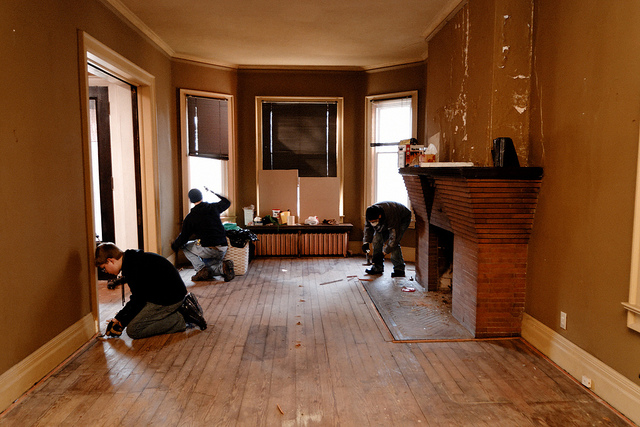Liquid Foundation Repair Kits: Do They Really Work?

Hiring a structural engineer to repair your foundation is painfully expensive, so it’s tempting to look for a less expensive DIY solution. For $60 or less, liquid foundation repair kits promise a simple, permanent repair for cracked concrete. But do they really fix the problem?
How Much Does It Cost to Repair Your Foundation?
A cracked foundation can cause flooding, mold, musty smells, and much worse. Even the smallest crack in your concrete can allow groundwater, pests, or radon gas to enter your home.
The average homeowner spends nearly $4,000 to repair a damaged foundation, according to Homeadvisor.com. But that doesn’t mean every crack in your foundation is cause for panic.
Liquid repair kits are suitable for hairline or stress cracks that don’t interfere with the structural integrity of your house. For minor cracks, a liquid foundation repair kit might solve the problem and last indefinitely.
But if you use the wrong product, or your foundation continues to settle or move, this inexpensive solution might be a waste of effort.
How Do Liquid Foundation Repair Kits Work?
There are two main types of liquid foundation repair kits: epoxy and polyurethane.
Polyurethane kits are meant for vertical or diagonal wall cracks up to 1/4 inch thick. The expanding polyurethane foam expands to fill the crack and creates a seal that keeps out water and air, solving the problem.
For large horizontal cracks, a stronger epoxy kit may be needed. These kits contain tubes of reactants that, when mixed together and injected into the crack, form a chemical bond with the concrete. Although epoxy is stronger than polyurethane, it can’t handle every crack.
More extensive damage, such as wide cracks or bulging walls, indicate a more serious foundation issue. In that case, it’s time to call a structural engineer for an in-depth inspection of your foundation.
Does That Crack Mean It’s Time to Sell Your Home?
In serious cases, a damaged foundation could signal the beginning of even larger problems. Because foundation damage tends to happen slowly over time, the real damage may not appear until months or even years later.
A settling foundation can eventually lead to cracked walls, uneven floors, and crumbling chimneys. There’s also a danger of basement flooding and mold growth. Structural repairs and mold remediation can add many thousands of dollars in costs.
If you’re determined to live in your home for the long-term, then it might be worth the cost of making extensive foundation repairs. Otherwise, you may be better off selling your home to a real estate investor. That way, you can avoid the long-term problems and expense of a damaged foundation, and get the value of your home in cash.



